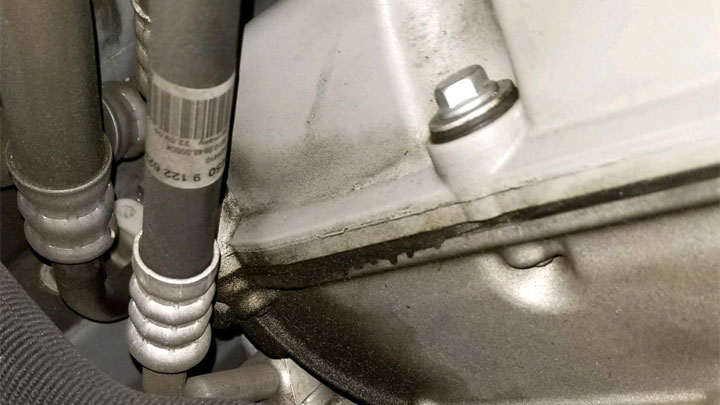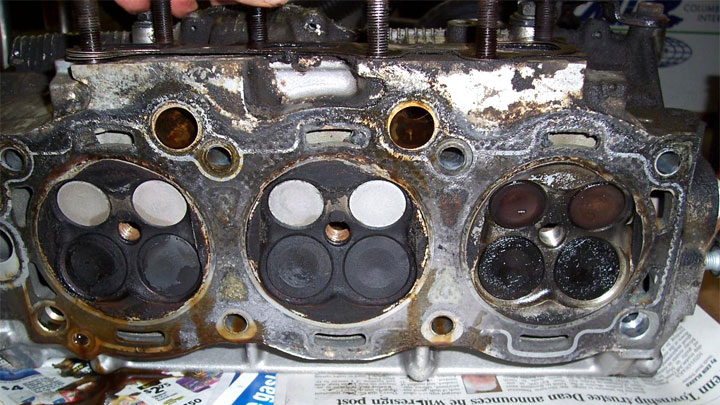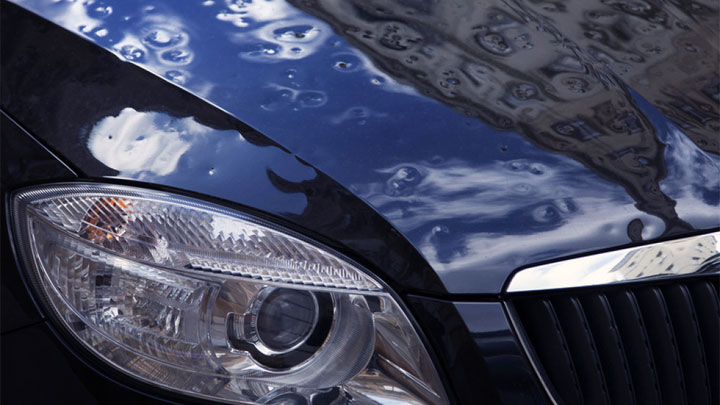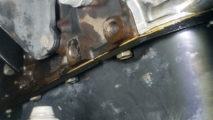Last Updated on September 22, 2022
In a perfect world, an engine would remain clean and free of leaks, for an indefinite period of time. However, the notion of such is little more than wishful thinking. With age, and ample mileage, every engine becomes susceptible to pesky leaks which can lead to a number of aggravating issues.
Leaks of this nature can originate from multiple sources, often varying significantly in severity. The most common of these leaks allow warm engine oil to escape from an engine’s block and cylinder heads, coating the exterior of the affected engine in the process.
Perhaps the most common of engine oil leaks, are those that originate from an engine’s valve cover(s). In fact, the vast majority of moderately aged engines will exhibit some degree of valve cover-related oil leakage, leaving an untold number of motorists to contemplate the repair of such issues on an annual basis.
Read on to learn more about the specific duties of an engine’s valve cover gasket, as well as the root cause of valve cover leakage.
See Also: Symptoms of an Intake Manifold Gasket Leak
What is a Valve Cover Gasket?
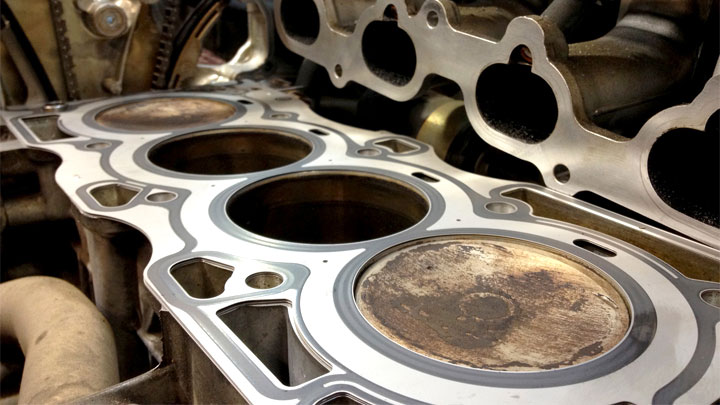
A standard internal combustion engine is made up of numerous structural components, all of which are fitted together to function in an effortless fashion. However, these components must be sealed together to prevent fluid loss when an engine is in operation.
This seal is formed with the use of specialized gaskets, which have been cut or molded to the exact dimensions necessary for proper fitment. In the past, gaskets of this nature were constructed from pressed fiber or cork, of varying thicknesses. Today, the vast majority of automotive gaskets are made of rubber coated plastic, or specialty fiberglass compounds.
One particular structural junction that requires the use of a gasket, is that which exists between an engine’s cylinder head(s) and valve cover gasket(s). A standard inline engine features one cylinder head, while engines of a “V” configuration feature two heads.
These heads contain an engine’s valvetrain components (valves, valve springs, and rockers), which continually actuate to control the distribution of intake air into each cylinder, as well as the release of combustion gases into the exhaust tract. These valvetrain components are cooled and lubricated by a steady supply of engine oil.
Each cylinder head is capped with a valve cover, which was also referred to as a rocker cover in service literature of the earlier era. An engine’s valve covers prevent oil loss from the cylinder heads on which they reside, while simultaneously preventing debris from being deposited within.
Between each cylinder head and valve cover, resides a valve cover gasket, which provides a far more efficient seal, than that which would be provided by metal-on-metal fitment. Without a valve cover gasket, oil would readily leach from the junction between these two vital components.
Bad Valve Cover Gasket Symptoms
A bad valve cover gasket can cause a number of troublesome, yet easily recognized symptoms. Most symptoms of this nature are relatively standard, from one particular model of engine to the next.
The following are several of the most common symptoms associated with a bad valve cover gasket.
#1 – The Smell Of Burning Oil

As oil seeps from an engine’s valve cover gasket, it comes into contact with many heated surfaces. This oily residue begins to “cook” when exposed to heat sources found within a vehicle’s engine bay. As a result, a detectable odor of burnt oil becomes apparent.
This smell will persist until the offending valve cover gasket is replaced. Upon replacement, a vehicle’s engine should be cleaned with the use of a degreaser and warm water. Doing so will alleviate the above mentioned odor.
#2 – Visible Oil On Engine’s External Surfaces
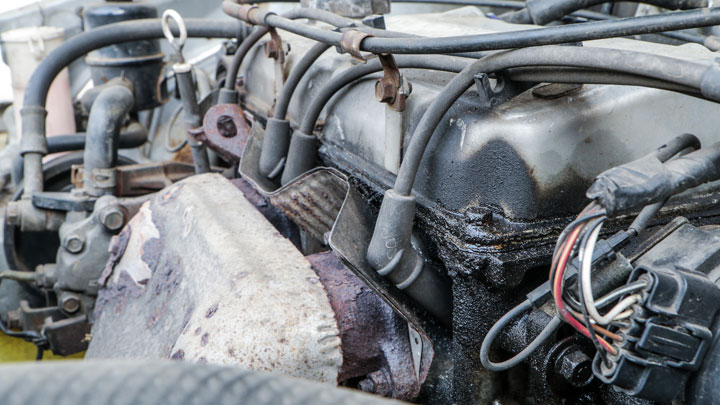
A leaking valve cover gasket is most easily identified by the presence of an oily residue, which coats the external surfaces of an engine’s cylinder heads. If such a leak becomes severe enough, this residue can extend downward toward an engine’s block.
This not only creates a mess but also makes it difficult to locate the source of any additional leaks that are present. This oil contamination can only be resolved by replacing the offending valve cover gasket, before thoroughly cleaning the engine itself.
While oil that makes it to the undercarriage of a vehicle may be from the valve cover, a faulty oil pan gasket may also be to blame.
#3 – Low Oil Level
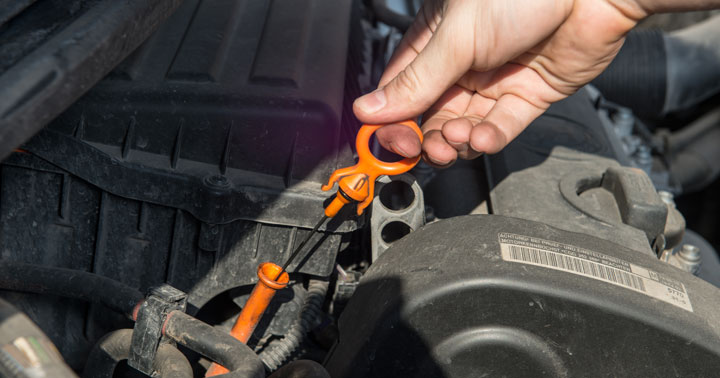
An internal combustion engine is designed to operate in the accompaniment of a set amount of motor oil. This is represented by an engine’s total oil capacity. Whenever oil leaks from an engine at any point, and is not replenished, the total amount of oil within an engine is reduced.
If severe enough, a valve cover gasket leak can deplete an engine’s oil level to the point of causing secondary issues, such as the accelerated wear of internal components. This can prove disastrous if not remedied in short order.
Related: What Happens When You Put Too Much Oil in Your Car?
#4 – Engine Misfire
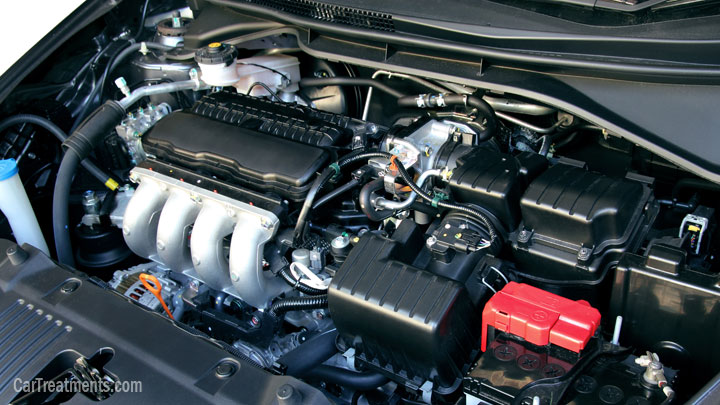
Valve cover gasket leaks can allow oil to flow into a number of places that it is never intended to reach. One such location is the area in and around an engine’s spark plug wells. When oil accumulates in this area, a number of issues can arise, which most notably include engine misfire.
With time and sufficient leakage, oil can contaminate a spark plug to the point of saturating its insulator and electrode. This, in turn, can necessitate spark plug replacement. This process will have to be repeated time and time again, if an engine’s leaking valve cover gasket is not eventually replaced.
What Can Cause a Valve Cover Gasket to Fail?
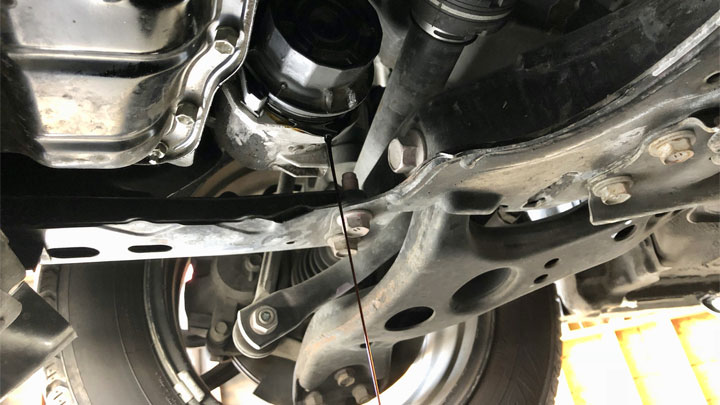
While all valve cover gaskets are prone to leakage with time, several different factors can also play a key role in the depletion of such a gasket’s structural integrity. The vast majority of which are at least partially maintenance-related in nature.
#1 – Infrequent Oil Changes
Perhaps the most significant cause of premature valve cover gasket failure is infrequent engine service. Fresh engine oil, which is changed at a regular interval, contains a number of additives that are intended to prevent gasket deterioration.
With time these additives begin to break down, which in turn, leaves an engine’s valve cover gasket(s) vulnerable to accelerated wear and aging. This often occurs when items of routine maintenance are ignored for extended periods of time.
Related: 10 Signs Your Car is Overdue for an Oil Change
#2 – Overheating
Another leading cause of valve cover gasket failure is overheating. All engines are intended to operate at a predetermined temperature. If this predetermined value is exceeded, as in the case of overheating, an engine’s gaskets become heat stressed, which poses an accelerated risk of cracking and blowout.
Overheating is not only hard on an engine’s valve cover gasket(s), but also jeopardizes the integrity of other vital seals, such as the head gasket. It is not uncommon to find multiple failed gaskets on a single engine, in the case of severe engine overheating.
See Also: Blown Head Gasket Symptoms
#3 – Over/Under Tightened Valve Cover Bolts
Additionally, previously replaced valve cover gaskets often begin leaking in short order, if an engine’s valve cover bolts are not properly torqued upon installation.
Over-tightening of these bolts can lead to improper gasket seating or pinched/flattened gasket surfaces. On the other hand, the under-tightening of these bolts often prevents a suitable seal from ever forming between each metallic surface.
Is a Valve Cover Gasket Leak Serious?
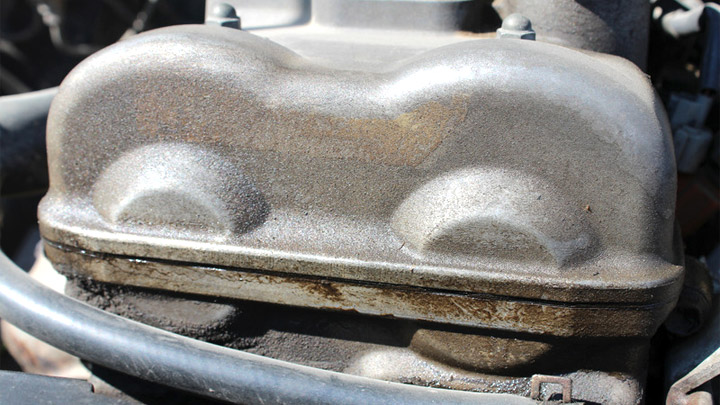
In the vast majority of cases, a valve cover gasket leak is not considered to be extremely serious. This is especially true of minor leaks, which do not heavily contaminate an engine’s external surfaces.
Generally, a valve cover gasket leak is only considered to be serious if it becomes severe enough to cause significant oil loss.
Additionally, a valve cover gasket leak that causes a misfire condition is also cause for concern. This occurs when run-off from a leak leads to the presence of oil in a spark plug well, thereby contaminating a spark plug’s electrode and insulator.
In any case, it is considered good practice to replace a leaking valve cover gasket within a reasonable amount of time. A leak of this nature will only progress in severity, eventually reaching a level of severity consistent with that described above.
Being proactive with such repairs helps to minimize the chance of any drivability-related symptoms.
How Long Should the Gasket Last?
The longevity of an engine’s valve cover gasket(s) largely depends upon several factors. These factors include the make of the engine in question, the frequency of standard engine maintenance, and the driving habits of a motorist.
Some OEM gaskets are naturally more durable than others, thereby providing a longer service life. Additionally, valve cover gaskets in a well maintained engine will almost always exhibit a higher level of durability than those that are neglected.
Additionally, gaskets found in the engine of a vehicle that is seldom driven, are more prone to premature failure, as they typically become dry and brittle.
However, on average, one can reasonably expect their engine’s valve cover gaskets to last for a period of 40,000-60,000 miles, with little to no issue. In some cases, gaskets of this nature can last considerably longer.
Valve Cover Gasket Replacement Cost
Best places to order parts? See: 19 Best Online Auto Parts Stores
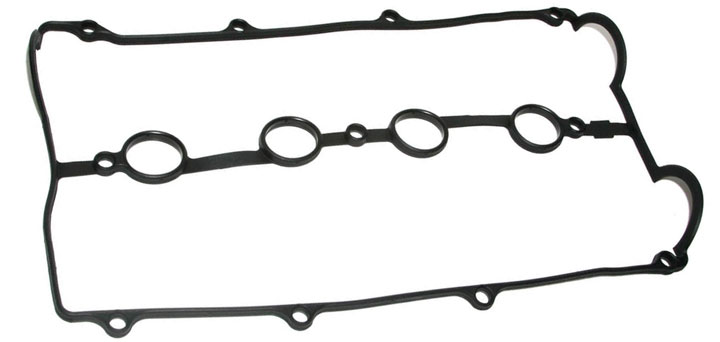
The cost of valve cover gasket replacement often varies significantly from one vehicle to the next. This is most often due to the difference in labor cost associated with completing such a job, across multiple engine designs.
In many cases, valve cover gasket replacement can be completed in 1-2 hours, leading to only modest labor charges. However, it can take as long as 4-5 hours to complete the same job on other more complex engines. This, of course, will command a much higher labor cost.
The cost of valve cover gaskets themselves also ranges significantly from one vehicle to the next. With some costing as little as $15, while others retail for north of the $100 mark. This must also be figured into the overall cost of such repairs.
However, on average, one can expect to pay between $90-$400 for valve cover gasket replacement. The lower end of this price spectrum is generally representative of replacement on 4-cylinder domestic engines, while the higher end of this range pertains to replacement on “V” configuration engines of a foreign make.

